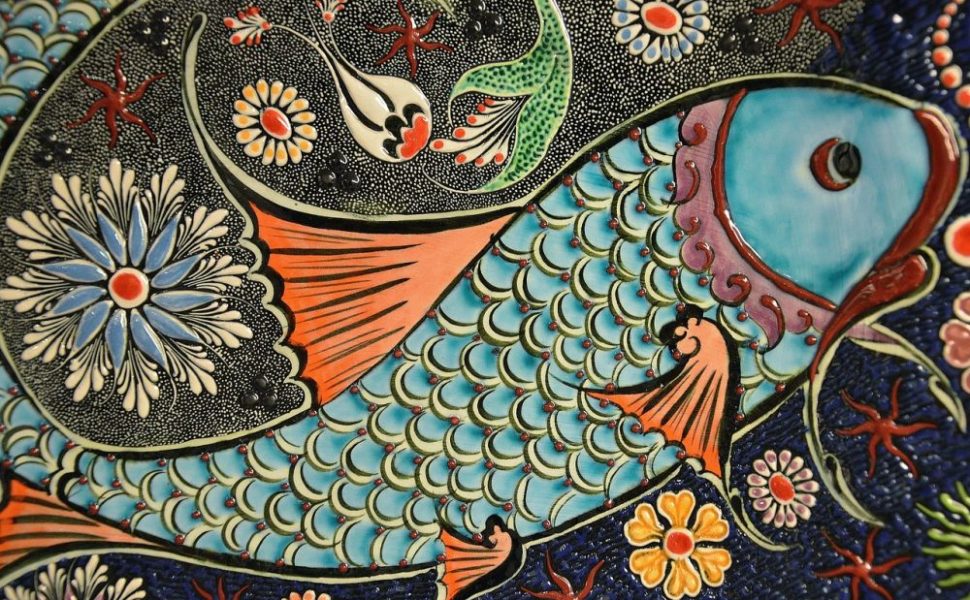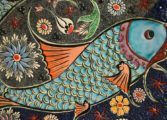En In-Depth Guide to Miró Lithography – Exploring the Techniques, Types, and Significance

Miro Lithografi – En In-Depth Guide to Exploring the Techniques, Types, and Significance
Introduction to Miró Lithography
Miró lithography stands as a captivating form of printmaking that captures the essence of Joan Miró’s artistic vision. This comprehensive article aims to provide you with a thorough understanding of Miró lithography, including its techniques, types, and historical significance.
Understanding Miró Lithography

Miró lithography is a printmaking technique that involves transferring an image drawn or painted on a stone or metal plate onto paper or another surface. Initiated by Joan Miró in the mid-20th century, this artistic process gained popularity for its ability to reproduce complex designs with excellent precision and detail. It enabled Miró to experiment with colors, shapes, and textures, giving birth to a new realm of artistic expression.
Exploring Different Types of Miró Lithography
1. Original Lithograp An original lithograph is an artwork created by Miró himself, using direct drawing or painting techniques on the lithographic stone or plate. These pieces bear the artist’s signature and hold significant value due to their uniqueness and authenticity.
2. Collaborative Lithograp Collaborative lithographs were created in partnership with experienced printmakers and lithographers, who skillfully transferred Miró’s original works onto the printing stones or plates. These lithographs were produced in limited editions, adding a touch of exclusivity to the reproductions.
3. Reproduction Lithograp Reproduction lithographs are high-quality prints created by master printers, meticulously following the original lithographs created by Miró. While they may not possess the same value as original or collaborative lithographs, they allow art enthusiasts to own Miró-inspired works at a more affordable price.
The Quantitative Aspects of Miró Lithography
Miró lithography can be quantitatively measured through several aspects, including edition size, paper quality, and print quality. Edition size refers to the number of prints produced from a single stone or plate, affecting their rarity and value. Paper quality influences the longevity and visual appeal of the lithographs, with archival-grade papers adding value to the prints. Print quality encompasses the depth of colors, details, and overall craftsmanship, which are crucial in capturing Miró’s artistic essence.
Examining the Distinctiveness of Different Miró Lithographs
Miró lithographs differ from one another based on various elements, such as techniques used, color schemes, and the presence of hand-drawn elements. Some lithographs may showcase bold, vibrant colors, while others may embody a more subdued palette. Some lithographs incorporate collage elements, resulting in a mixed-media effect. These distinctive features contribute to the diversity and allure of Miró’s lithographic works.
A Historical Overview of the Pros and Cons of Different Miró Lithographs
1. Original Lithograph Pros: Original lithographs hold immense artistic and historical value as they were directly created by Miró himself. They are unique, signed by the artist, and often limited editions, making them highly sought after by collectors.
Cons: Original lithographs are scarce and come with a higher price tag due to their rarity. The limited supply makes them accessible to only a privileged few. Additionally, the aging of lithographic stones can limit the production of original prints.
2. Collaborative Lithograph Pros: Collaborative lithographs allow master lithographers to recreate Miró’s original works faithfully. They offer a chance to possess a piece of Miró’s artistry at a more affordable price than original lithographs. These prints maintain the essence and quality of Miró’s vision.
Cons: Collaborative lithographs, while well-crafted, lack the personal touch of Miró’s direct involvement. They do not bear the artist’s signature, which some collectors may value.
3. Reproduction Lithograph Pros: Reproduction lithographs offer art enthusiasts an opportunity to enjoy Miró’s artistic style without the high prices associated with original or collaborative lithographs. They are faithful reproductions that showcase the artist’s skill and creativity.
Cons: Reproduction lithographs may lack the exclusivity and investment value of original or collaborative lithographs. Though expertly crafted, they may not possess the same allure and collectible status as the originals.
Overall, the variety of Miró lithographs allows art enthusiasts of different budgets and preferences to engage with the artist’s iconic works, appreciating his mastery of color, shape, and expression.
Conclusion:
Miró lithography remains an extraordinary realm of artistic expression, capturing the essence of Joan Miró’s vision. This in-depth guide has provided you with an overview of Miró lithography, explored various types, quantitatively measured its aspects, examined their distinctiveness, and delved into their historical pros and cons. Whether you’re an aspiring art collector or simply fascinated by Miró’s art, this article has aimed to broaden your understanding of Miró lithography’s techniques, types, and significance.
















































